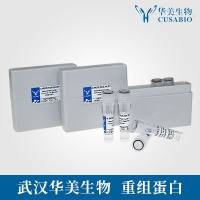Probing CFTR Channel Structure and Function Using the Substituted-Cysteine-Accessibility Method
互联网
互联网
相关产品推荐

Recombinant Human CFTR/人源CFTR蛋白
¥2450

Recombinant-Saccharomyces-cerevisiae-Mitochondrial-inner-membrane-magnesium-transporter-MFM1MFM1Mitochondrial inner membrane magnesium transporter MFM1 Alternative name(s): MRS2 function modulating factor 1
¥12138

S-Acetamidomethyl-L-cysteine hydrochloride
¥280

PSS-OCTAISOBUTYL SUBSTITUTED 97;221326-46-1;AR;V12267-5g
¥680

Recombinant-Mouse-Growth-hormone-inducible-transmembrane-proteinGhitmGrowth hormone-inducible transmembrane protein Alternative name(s): Mitochondrial morphology and cristae structure 1; MICS1
¥11452

